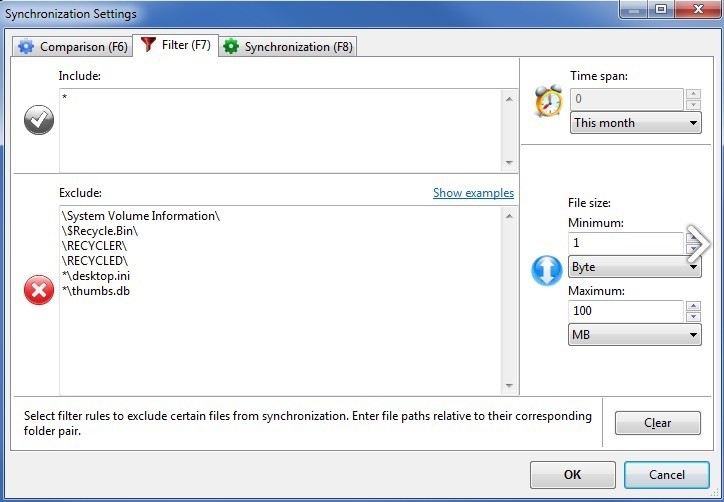


- File synchronization in windows how to#
- File synchronization in windows install#
- File synchronization in windows full#
- File synchronization in windows pro#
In Windows 8, the offline files feature is only available in the Pro and Enterprise editions. In Windows 7, the offline files feature is only available in the Professional, Ultimate, and Enterprise editions. You must be signed in as an administrator to enable or disable offline files.
File synchronization in windows how to#
This tutorial will show you how to enable or disable offline files for all users on the computer in Windows 7, Windows 8, and Windows 10. Work Folders and Offline Files support for Windows Information Protection | Storage at Microsoft.Folder Redirection, Offline Files, and Roaming User Profiles overview | Microsoft Docs.The next time the user connects to the network or the server is available, their offline files on your computer will automatically sync to the network files on the server to update. This allows users to work with them even when they are not connected to the network or a server is unavailable. Users can use offline files (if enabled) to make their network files always available offline to keep a copy of the files stored on the network on your computer.

Offline Files is a feature of Sync Center that makes network files available to a user, even if the network connection to the server is unavailable. Azure Backup also integrates with your on-premises servers, so when you restore to the cloud, these changes are automatically downloaded on your Windows Servers.How to Enable or Disable Offline Files in Windows SMB Azure file shares have native snapshot capabilities, and the process can be automated using Azure Backup to schedule your backups and manage their retention. Reduce your on-premises backup spending by taking centralized backups in the cloud using Azure Backup. For even faster recovery, you can have a warm stand by server as part of your deployment, or you can use Azure File Sync with Windows Clustering. Azure File Sync downloads your file namespace before downloading data, so that your server can be up and running as soon as possible.
File synchronization in windows install#
Rather than restoring from a local backup, you provision another Windows Server, install the Azure File Sync agent on it, and then add it to your Azure File Sync deployment. Because Azure contains resilient copies of your data, your local server becomes a disposable caching device, and recovering from a failed server can be done by adding a new server to your Azure File Sync deployment. Business continuity and disaster recoveryĪzure File Sync is backed by Azure Files, which offers several redundancy options for highly available storage. Changes made to a server in one office automatically sync to the servers in all other offices. For each of your offices, you can provision a local Windows Server as part of your Azure File Sync deployment. Multi-site access and syncĪzure File Sync is ideal for distributed access scenarios. For more information about cloud tiering, see Cloud tiering overview. Tiered files can quickly be recalled on-demand, making the experience seamless while enabling you to cut down on costs as you only need to store a fraction of your data on-premises. You can control how much local disk space is used for caching. With cloud tiering enabled, your most frequently accessed files are cached on your local server and your least frequently accessed files are tiered to the cloud. Videos Introducing Azure File Syncīenefits of Azure File Sync Cloud tiering You can have as many caches as you need across the world. You can use any protocol that's available on Windows Server to access your data locally, including SMB, NFS, and FTPS.
File synchronization in windows full#
While some users may opt to keep a full copy of their data locally, Azure File Sync additionally has the ability to transform Windows Server into a quick cache of your Azure file share. Azure File Sync enables centralizing your organization's file shares in Azure Files, while keeping the flexibility, performance, and compatibility of a Windows file server.


 0 kommentar(er)
0 kommentar(er)
